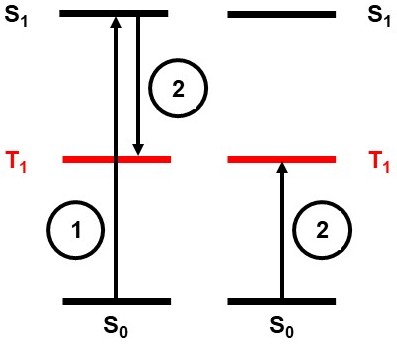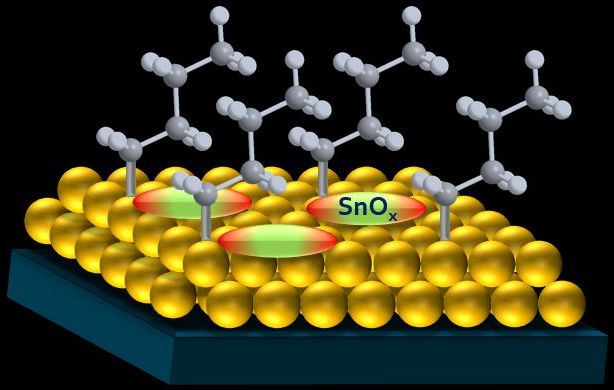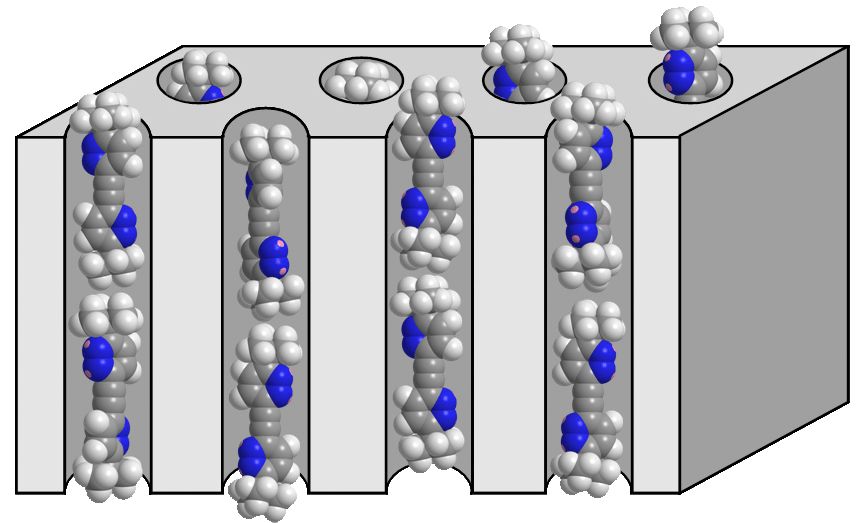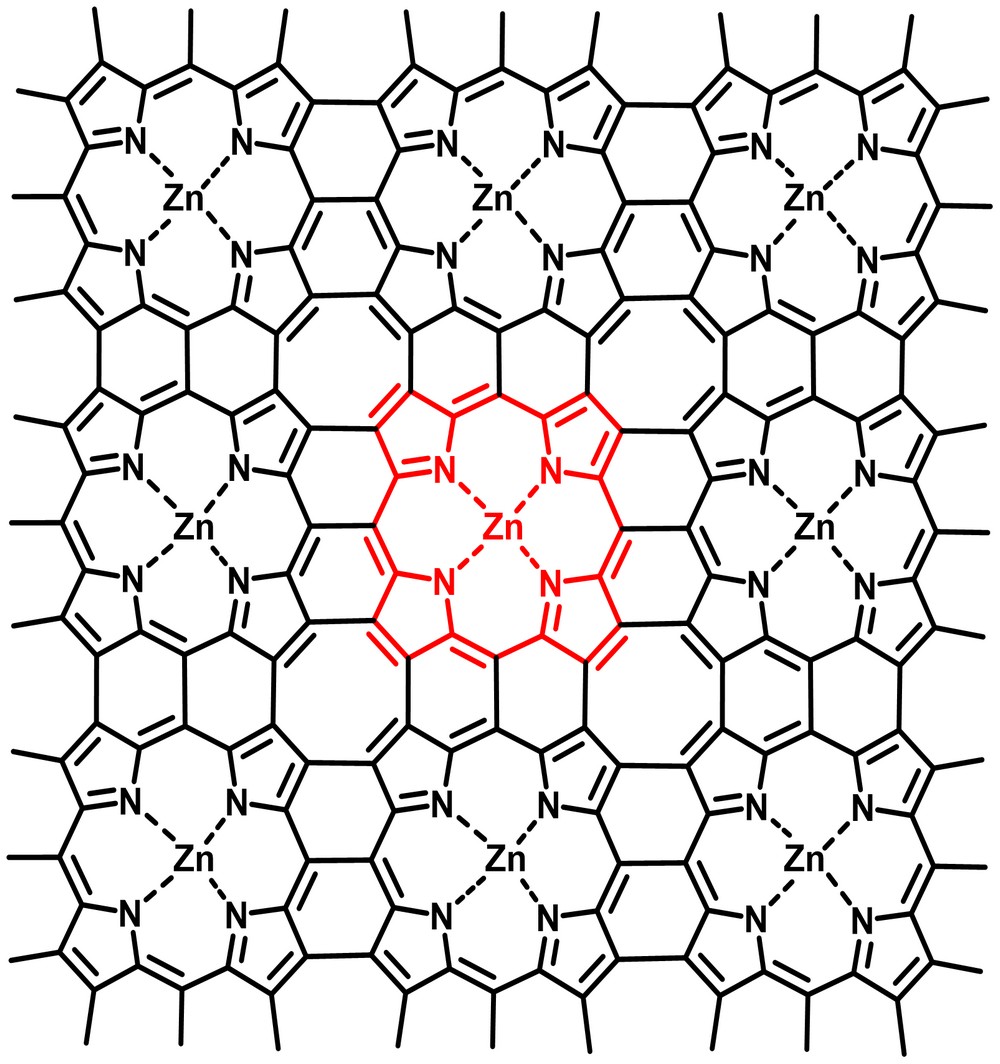Our projects
Singlet fission
Singlet fission (SF) is a process that converts one singlet into two triplet excitations in an organic dye and promises to greatly increase the efficiency of solar cells. We are synthesizing and studying several types of organic chromophores for SF materials:
- small molecules related to glycine anhydride
- indigo-based dyes
- substituted diphenylisobenzofurans

Molecular self-assembly
New types of functionalities for molecular self-assembly and attachment to surfaces
The currently almost exclusively used alkanethiols have many advantages but also some disadvantages, such as sensitivity to oxidation and poor electrical contact to metal surfaces. We are attempting to find out whether replacement of the sulfur atom with atoms of other elements would alleviate these problems.

Molecular rotors
Regular arrays of artificial molecular rotors
We are particularly interested in dipolar molecular rotors, which can be examined individually or in regular arrays of two or three dimensions. This should result in new materials with ferroelectric properties, and possible application for construction of new electronic devices.

Porphenes
The recent synthesis of porphene, a fully conjugated analog of graphene containing porphyrin instead of benzene rings provides access to a family of 2-dimensional polymers that can be arbitrarily functionalized by inserting metals with up to two ligands into the macrocyclic rings without taking any centers out of conjugation. Their properties and possible applications are under investigation.


